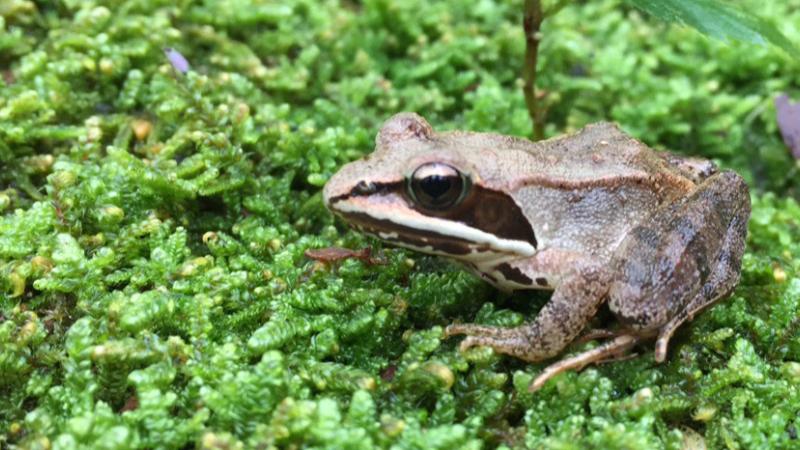April 23, 2018

[The Jefferson Project at Lake George is conducting ongoing research into how human activities may be affecting the lake. This guest blog by Devin Jones, a former postdoctoral research associate in the lab of Jefferson Project Director Rick Relyea, summarizes recent research published in the journal Environmental Science & Technology. The Jefferson Project is a collaboration between Rensselaer, IBM Research, and The FUND for Lake George, founded to develop a new model for technologically enabled environmental monitoring and prediction to understand and protect the Lake George ecosystem and freshwater ecosystems around the world.]
What did you want to know?
We wanted to explore the origins of “inducible responses” to contaminants in aquatic organisms. When aquatic organisms are exposed to natural chemicals (e.g., those emitted by predators that scare the prey) or human-made chemicals (e.g., pesticides and road salts), these organisms produce short-term physiological, behavioral, or morphological changes that enable them to tolerate their stressful environments. For example, when tadpoles are exposed to a sublethal insecticide concentration, they produce increased levels of an enzyme the insecticide blocks, increasing the tadpoles’ tolerance. How is it that an animal that has never encountered human-made chemicals has developed this adaptation? We hypothesized that responses to natural stressors that have developed over thousands of years might be co-opted to produce adaptive responses to novel contaminants found in water today.
How did you go about it?
We used a two-phase laboratory experiment to investigate the ability of wood frog tadpoles to increase their pesticide tolerance after an early exposure to both natural and human-made stressors. In Phase 1, we exposed tadpoles to one of seven sublethal stressors, including a no-pesticide control, two low concentrations (0.5 and 1.0 milligrams per liter (mg/L )) of the insecticide carbaryl (the active ingredient of the insecticide Sevin®), and two concentrations (200 and 1,000 mg/L) of road salt (NaCl), and natural chemicals emitted by a predatory dragonfly. In Phase 2, tadpoles exposed to each of these seven environments were placed in either a no-insecticide environment, or a high-insecticide environment to investigate changes in pesticide tolerance.
What did you find out?
We found that early exposure to predator chemicals or a low concentration of the insecticide both induced increased tolerance to a subsequent high concentration of the insecticide. This surprising result suggests that the ability of amphibians to respond to low concentrations of pesticides by increasing their tolerance may have arisen through pathways used for responses to predators. Future research investigating the biochemical and physiological processes involved with amphibian responses to predators and pesticides will better provide a mechanism for this novel result.
As humans continue to modify ecosystems, it is likely that organisms will be simultaneously exposed to numerous stressors. The ability of organisms to induce adaptive responses to human-made chemicals might buffer at-risk populations from the lethal effects of contaminants. Given that adaptive responses to natural stressors is common in nature, it is likely that many species possess the ability to ameliorate the negative effects of commonly applied pesticides by quickly increasing their tolerance.
The research titled Inducible tolerance to agrochemicals was paved by evolutionary responses to predators" can be found at DOI: 10.1021/acs.est.7b03816
